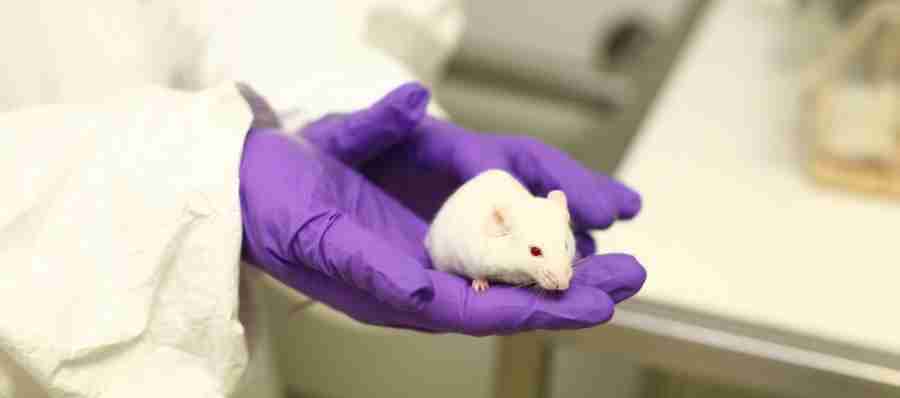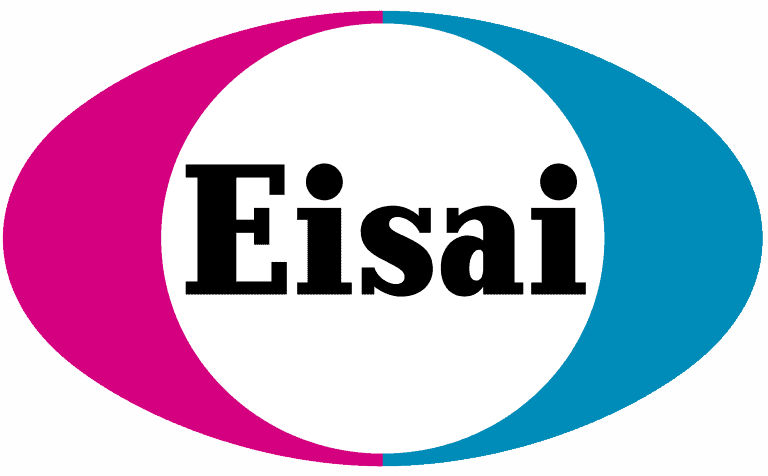GABRA2 is a genetic modifier of Dravet syndrome in mice
In previous research reviews we have talked about “Dravet mice” – usually that means mice which have been engineered to carry a deletion of one copy of the Scn1a gene. These mice exhibit the key features of Dravet syndrome, including febrile and spontaneous seizures, SUDEP, and cognitive and behavioral deficits. But these mice display varying […]
GABRA2 is a genetic modifier of Dravet syndrome in mice Read More »







